How was your Liberation Month? It’s been almost 30 days since Donald Trump stood in the Rose Garden of the White House and announced a shocking set of massive tariffs on the world. The event caused huge convulsions in the economic universe: trillions were wiped off the stock market and, under huge pressure, Trump did agree to a 90-day pause on reciprocal tariffs. After that he exempted electrical goods, though his standard 10 percent remains, and the heads of most financial analysts are still spinning trying to figure out what it all means.
Yet for all the angst and the apoplexy, yesterday the S&P 500 index closed just 1 percent down from where it was at the beginning of the month. The “Trumpocalypse” hasn’t happened yet, though there are plenty of troubling signs of more bad economic news to come. US Commerce Department figures released yesterday show that, in Trump’s first 100 days, America’s gross domestic product shrank by less than half a percent, having grown at a solid clip of 2.4 percent in the final months of last year. Consumer spending and confidence are down and, according to a study from the non-profit Conference Board, “tariffs” have now replaced “inflation” as the leading money-related concern among Americans.
For Trump, however, bad news must always be a prelude to good. In the coming days, the Trump administration will endeavor to roll out a series of measures intended to mitigate the negative impacts of his tariffs. A tax cut for the American middle class is on its way. And Trump will go back to doing what he loves the most: deals, deals, deals. His trade adviser Peter Navarro, Treasury Secretary Scott Bessent and Commerce Secretary Howard Lutnick have all suggested that a major new agreement with India, the world’s fourth-largest economy, is nearly complete. Trump officials also believe they have made major strides towards a new deal with the European Union.
Brexit Britain is, it seems, not at the back of the free-trade queue, as Barack Obama once predicted. But we aren’t at the front, either. According to a Guardian scoop, Team Trump has planned to phase its trade negotiations with more than a dozen countries, and the United Kingdom is part of phase two or three. Whether that is true remains to be seen.
On another front, a warring one, Bessent yesterday signed the controversial minerals deal with the government in Kyiv. Nobody knows if the agreement will lead to peace between Russia and Ukraine. But, as Secretary of State Marco Rubio has made clear, America’s intention is to lock its interests to Ukraine’s future – and, while Volodymyr Zelensky did not get all the security guarantees he wanted from the world’s pre-eminent military power, it’s clear that the second Trump administration is not, as many have alleged, simply giving Vladimir Putin everything he wants.
The Trump administration’s overriding concern is not Russia, however. It’s China, China, China. And the most significant consequence of Liberation Day, by far, has been that the world’s two biggest powers are now engaged in a full-blown trade war. America has imposed a 145 percent tariff on Chinese goods (excluding electricals); China has retaliated with a 125 percent charge on US goods. It seems inevitable that such crushingly large levies will cause significant pain to American consumers and businesses. Since Beijing runs a $350 billion annual trade surplus with the US, however, it’s worse news for America’s biggest rival. Chinese manufacturing activity plummeted last month. The Chinese Communist party has vowed to fight Trump “to the end” on trade. But can Beijing really do that without collapsing its own economy before America’s implodes? If Trump succeeds in brokering a series of comprehensive free-trade deals with other major powers in the coming months, the answer is probably no. As we enter the next 100 days of Trump 2.0, that must be the biggest “if” in world politics.
The above is taken from Freddy Gray’s weekly Americano newsletter. To subscribe click here.



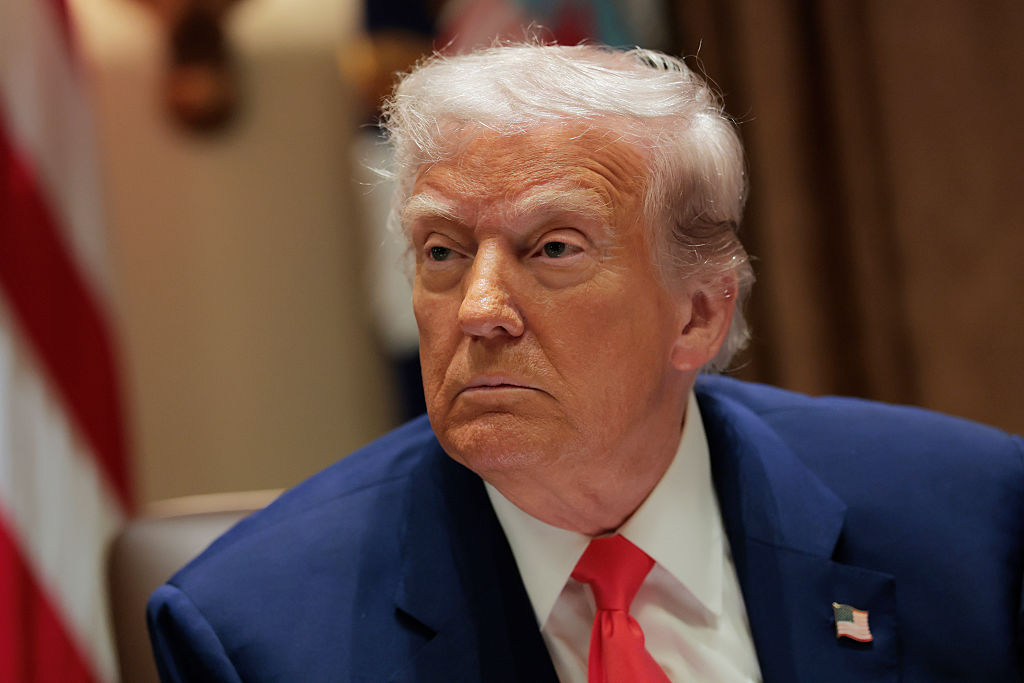






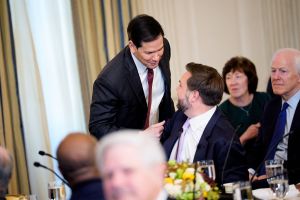


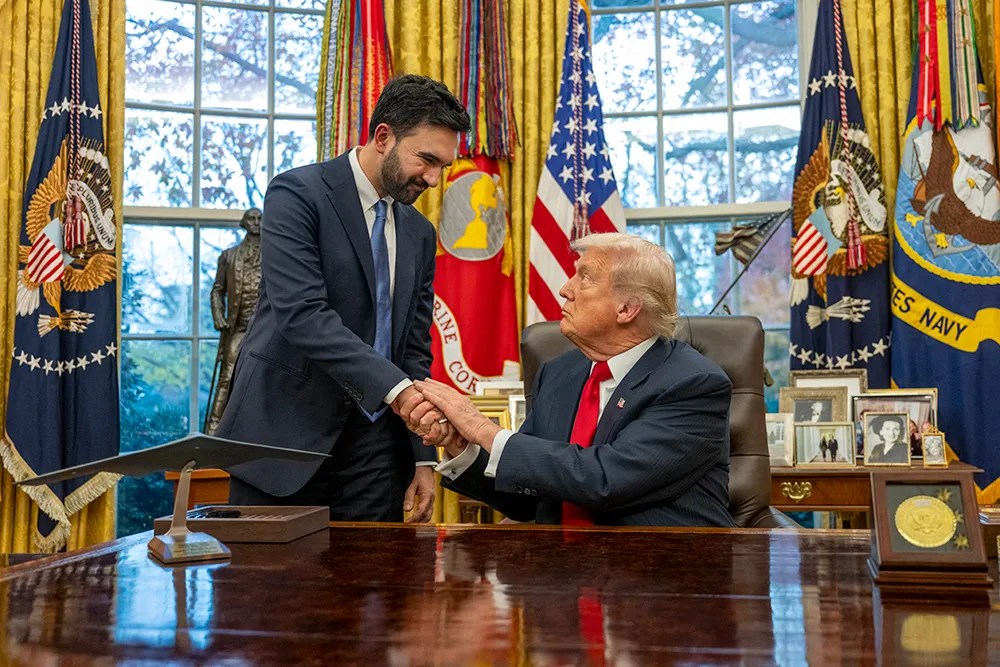
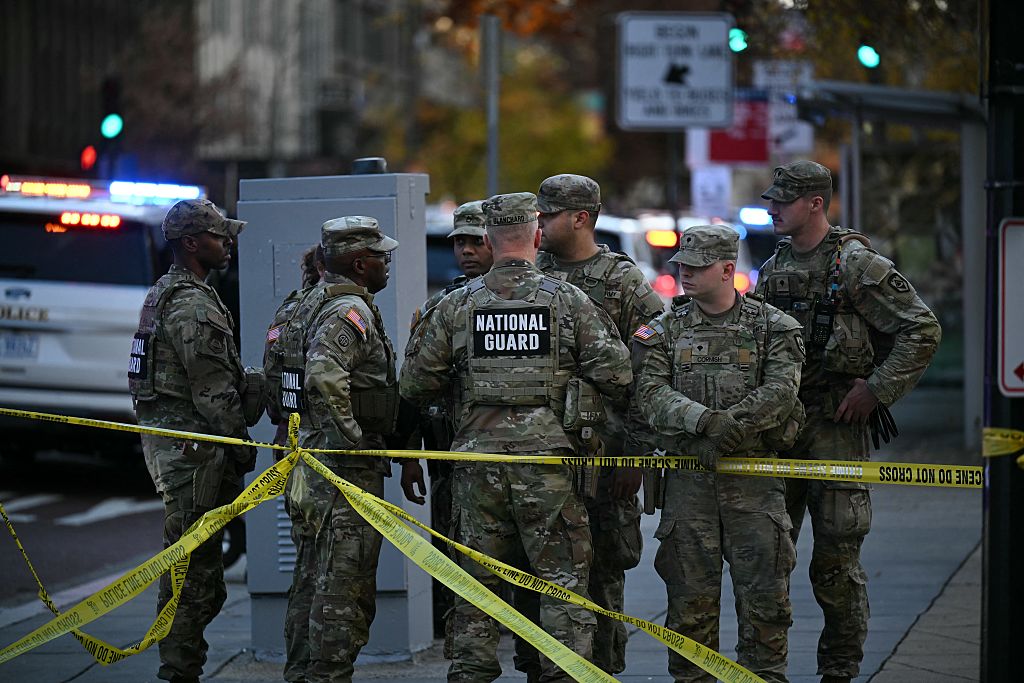

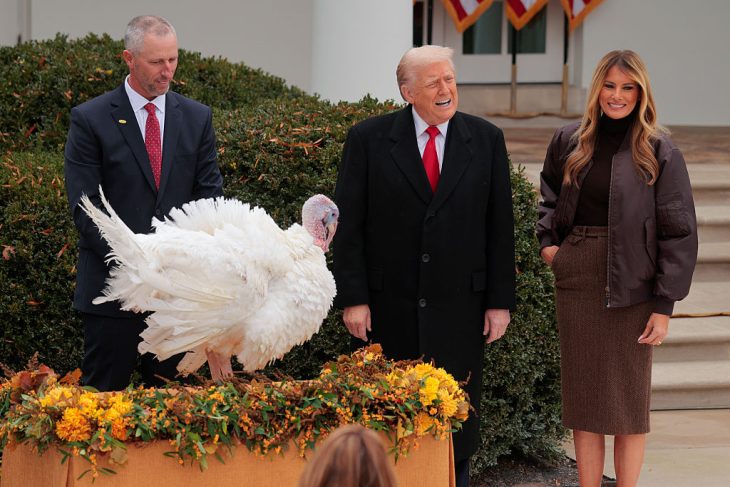
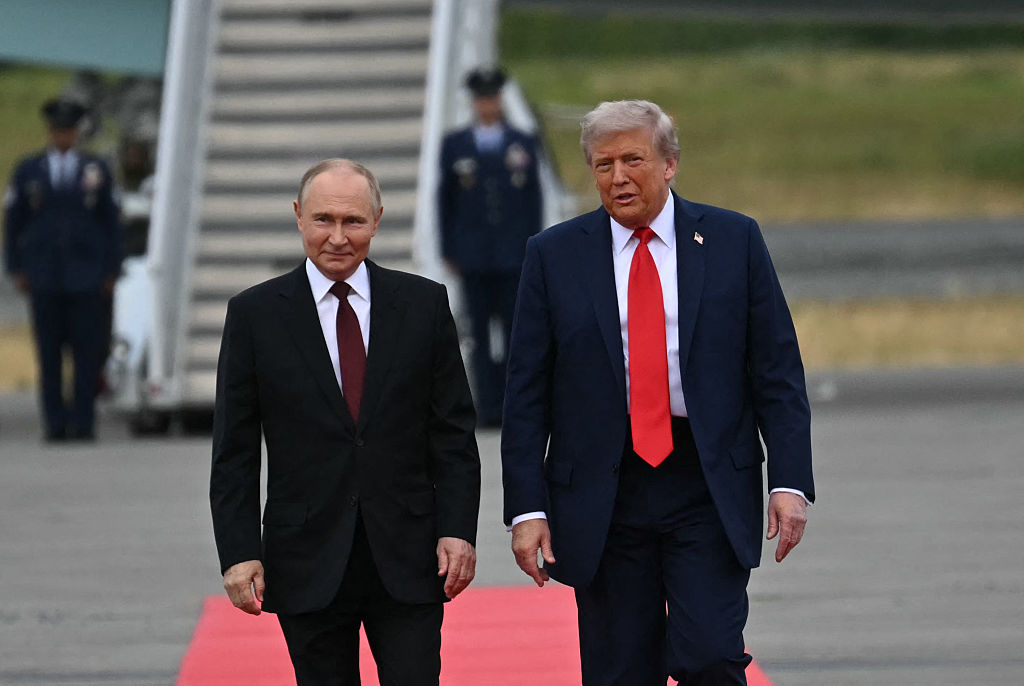
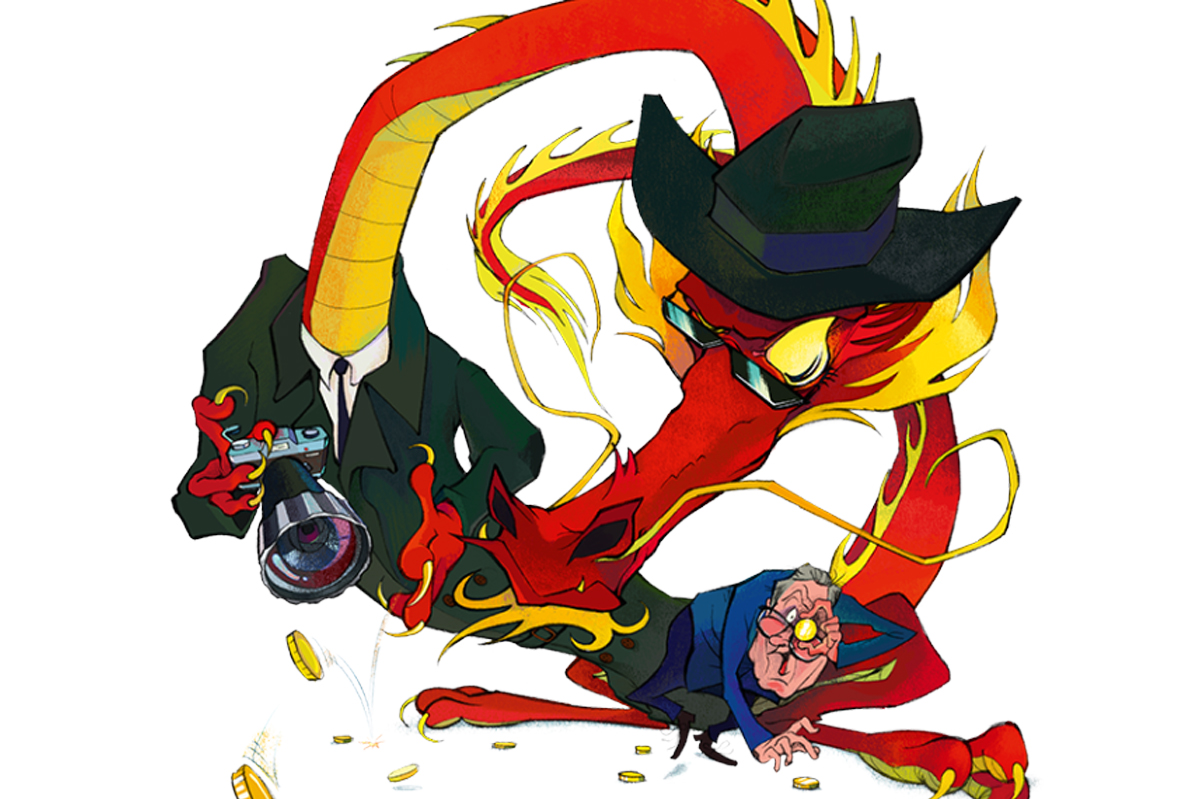







Leave a Reply